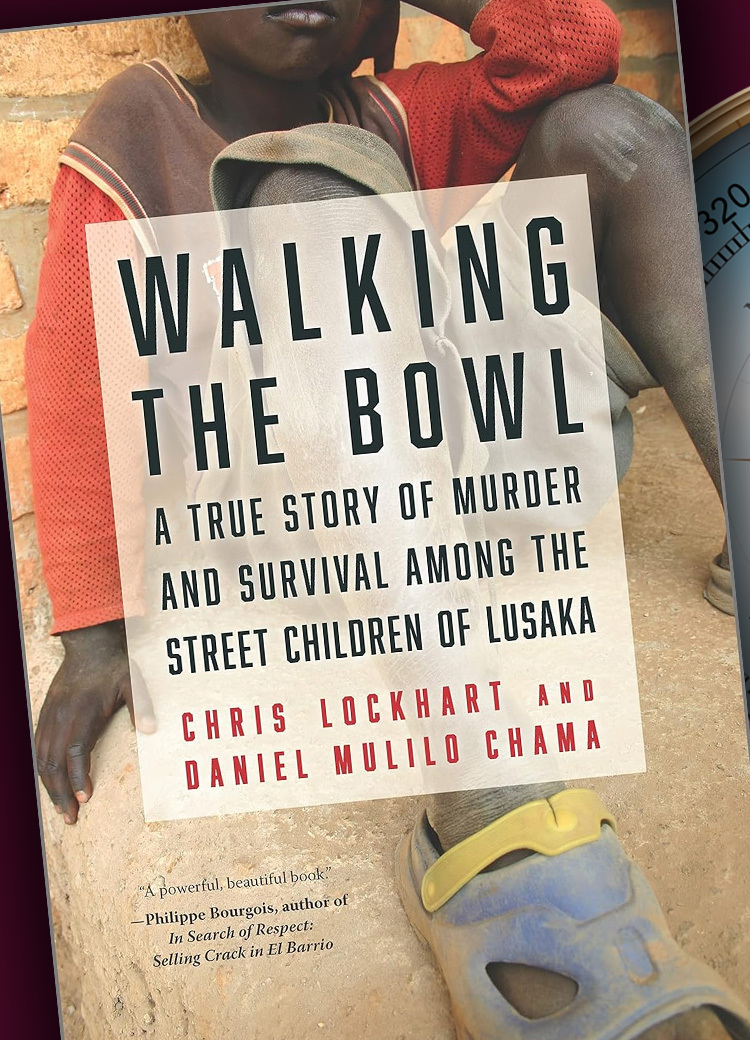Lost in the Stacks: Walking the Bowl
It was young waste pickers at Lusaka’s Chunga Dump who found the body of the Ho Ho Kid. The police in Lusaka, the fast-growing capital city of Zambia, wouldn't normally be concerned about a murdered 10-year-old street child. However, the Ho Ho Kid was different. The Ho Ho Kid had connections. Alarmingly for young Lusabilo, the head of Chunga’s scavenger kids who reported the crime, the authorities accused him of the murder. Now under threat of torture by the police, Lusabilo must unravel the Ho Ho Kid’s life as a street child and find the true killer.
In Walking the Bowl: A True Story of Murder and Survival Among the Street Children of Lusaka, authors Chris Lockhart and Daniel Mulilo Chama use the murder investigation of the Ho Ho Kid to explore the lives of street children and show their suffering as well as their dreams. As Lusabilo pieces together the last days of the Ho Ho Kid’s life, we meet the Ho Ho Kid’s sister, 16-year-old Kapula forced to work in a brothel by her auntie. Her boyfriend Tibo, must overthrow the head of his gang to show power to a drug lord he wants to work for. Moonga, a little boy fresh from the country becomes addicted to glue sniffing. We also meet countless other children begging, stealing, starving and surviving. In the tunnels under the city where the Sewer Rats live, Lusabilo comes close to discovering the true killer, but he learns another, more important, truth as well. He watches one of the Sewer Rats, a wretched gang of street boys forced into sexual slavery, tenderly care for a dying boy. “Strange, he thought, that there should be so much crap in the world, and then, suddenly, kindness and humanity.”
The power of small acts of kindness, paid forward - “walking the bowl” as it is termed in this book, can make a genuine difference. Lusabilo chooses to “walk the bowl” and changes his life, and those of other street children, for the better. In some ways Walking the Bowl is a deeply disturbing book. Just when I thought the lives of these children couldn’t get any worse, I would read the next chapter and discover that indeed they could. Yet, hope and friendship, acts of kindness and love, resonant just as deeply.













